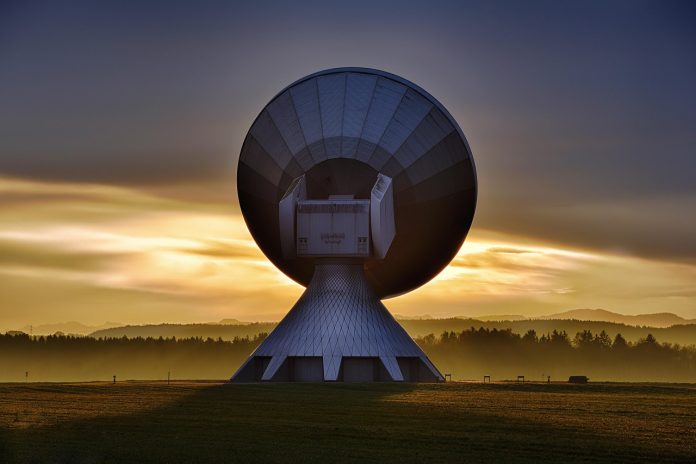Starlink, SpaceX’s satellite branch, just hit a major milestone toward worldwide coverage. The firm just signed a $17 billion deal with EchoStar to acquire coveted frequency slots, AWS‑4 and H‑Block.
Half of the payment was made in cash, and the rest was made in shares, which gives SpaceX more wiggle room. That deal could accelerate the Direct‑to‑Cell plan by revolutionizing how we connect today — an initiative to deliver the internet straight onto each phone, even where no ground towers exist.
Direct-to-Cell lets a regular phone link directly to a Starlink satellite. It doesn’t need a relay antenna or a traditional carrier. A user could send a text, make a call, or browse the web, even where service is missing. This applies to remote zones or remote farms, mountain tops, deserts, and oceans.
The Federal Communications Commission already approved it, and companies like T‑Mobile and Rogers have signed on to advance the technology. This represents a big step for people lacking network access. Whether this initiative positively impacts Tesla stock remains to be seen, as Elon Musk once expressed his ambition to provide satellite connectivity to Tesla vehicles, which could provide the chance to implement that.
This deal represents a breath of fresh air for EchoStar, since the FCC has been pressuring the company heavily about unused frequencies. SpaceX could view this as a strategic move to lock down the needed bandwidth for its growing satellite fleet.
Yet, the move isn’t without challenges; every nation has its own rules on frequencies and emissions, and implementing it worldwide will likely need many approvals later. While the idea may sound simple, the service today is still limited. Tests conducted in 2024 and 2025 show it works well for texting and some basic messaging, yet data speeds are still modest.
Table of Contents
There is still a long way to go
Not every device will automatically work with it for the moment. The newest iPhones and Google Pixels can utilize the feature, but wide adoption requires more standardized modem types and common frequency bands. Worldwide implementation of this technology will take longer than expected.
This initiative brings major changes to the industry. Terrestrial carriers’ business models could be threatened if a portion of connectivity escapes their infrastructure.
Currently, however, the approach is mostly collaborative; T‑Mobile in the US or Optus in Australia already work with Starlink to add the service alongside their own. However, this does not mean that disputes will arise in the future regarding the sharing of revenue and control of those customer relationships.
Worldwide coverage and full compatibility are still far off for this initiative. The system could bridge the digital gap and help with crises anywhere on Earth. However, the next few years will matter a lot. They might decide if Starlink can actually set the standard or if rivals like AST SpaceMobile and Lynk Global will gain the upper hand in the satellite-based internet race.
INTERESTING POSTS
- Text Marketing for Small Businesses: How to Get Started
- Basic Tips To Ensure Online Safety
- How To Detect Email Phishing Attempts (Like A Geek!)
- Banana Pro Just Replaced Your Crypto Trading Platform: And the Numbers Prove It
- How To Secure Your Instagram Page
- Cloud Security: Why Companies Should Not Fear To Move On The Cloud?
- How Identity Document Verification Services Can Help You Build Trust
- How Businesses Benefit from Custom Golang Development Support for Long-Term Scalability
About the Author:
Meet Angela Daniel, an esteemed cybersecurity expert and the Associate Editor at SecureBlitz. With a profound understanding of the digital security landscape, Angela is dedicated to sharing her wealth of knowledge with readers. Her insightful articles delve into the intricacies of cybersecurity, offering a beacon of understanding in the ever-evolving realm of online safety.
Angela's expertise is grounded in a passion for staying at the forefront of emerging threats and protective measures. Her commitment to empowering individuals and organizations with the tools and insights to safeguard their digital presence is unwavering.







